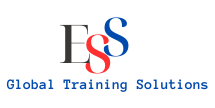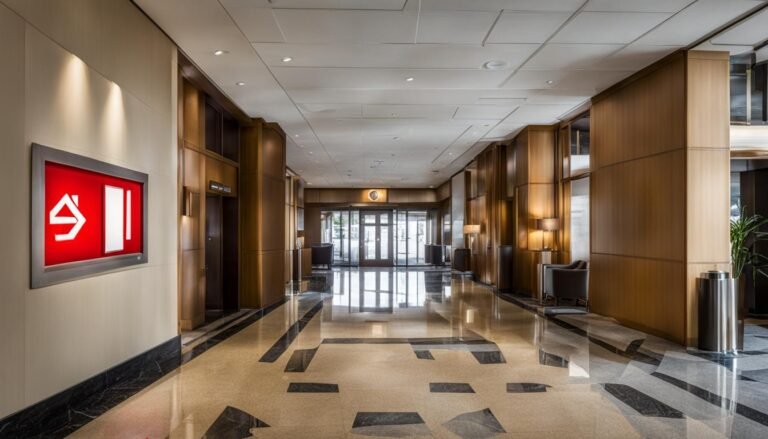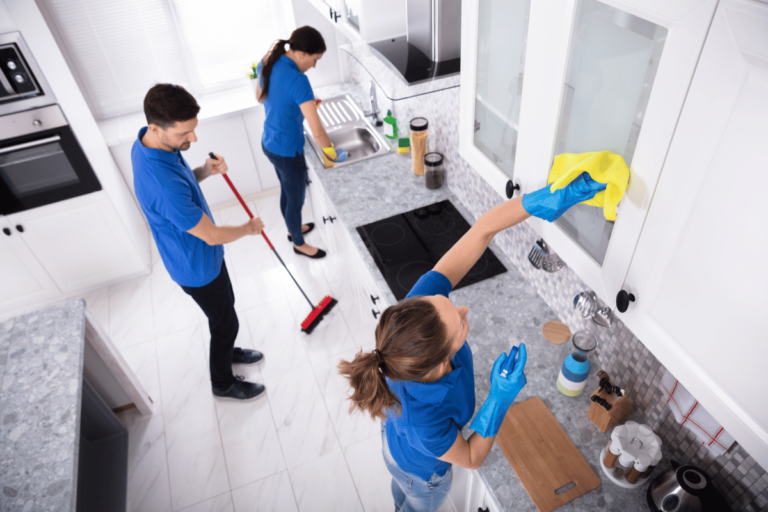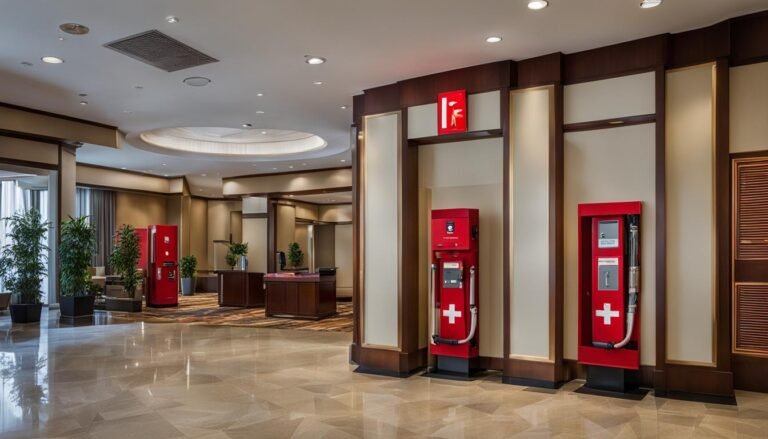How The Restaurant Risk Escalation Scale Keeps Operations Safe
Restaurants operate in a high-pressure environment where safety and consistency are vital. Small issues, if ignored, can grow into major risks that threaten both reputation and profitability. The restaurant risk escalation scale provides a structured way to identify, measure, and respond to operational hazards before they become crises.
Identifying Risks Early
Every restaurant faces a range of risks, including food safety violations, fire hazards, electrical failures, pest infestations, and sanitation lapses. The risk escalation scale categorizes these issues by severity and urgency. A minor spill, for example, may sit at Level 1, while a gas leak or refrigeration failure could escalate to Level 4 or 5. This scale ensures staff understand which problems require immediate action and which can be managed through routine maintenance.
Early detection is key. Regular audits, employee checklists, and data logging systems help identify small issues before they worsen. A cracked tile or blocked drain might seem harmless, but both can quickly become contamination or injury risks if left unresolved. Standardizing how risks are assessed across locations allows multi-site operators to maintain consistent safety benchmarks.
The Role of Response Protocols
Once a risk is identified, escalation protocols dictate the next steps. Low-level risks are handled at the store level, often through simple corrective actions. Higher-level risks trigger formal intervention, such as notifying health inspectors, engaging maintenance contractors, or temporarily closing sections of the restaurant.
Training staff to recognize and categorize risks is as important as the scale itself. Employees must understand how to report concerns quickly and which team members are responsible for managing each level. Many operators integrate this process into their digital task management platforms, ensuring accountability and documentation across shifts.
Cleanliness as a Risk Indicator
Cleanliness is one of the most visible risk categories. Build-up of grease, dirt, or mold can escalate quickly from minor hygiene concerns to major safety violations. Routine deep cleaning prevents these risks, while periodic inspections verify compliance. Restaurants often rely on commercial power washing services for areas like kitchen exhausts, outdoor walkways, and waste zones where manual cleaning falls short. This helps reduce fire hazards, slip risks, and pest attraction.
The restaurant risk escalation scale is not just a management tool but a cultural one. It encourages proactive thinking and shared responsibility. Employees learn that addressing minor problems early protects their colleagues, guests, and brand. Look over the infographic below for more information.







